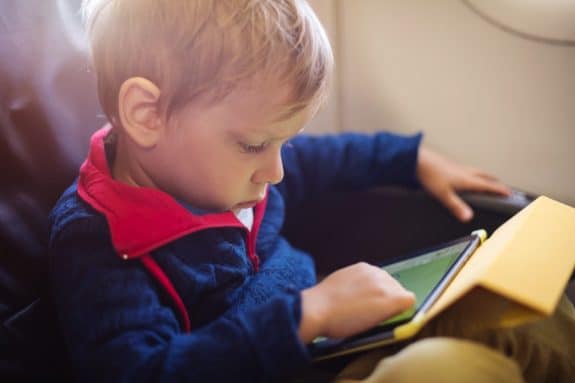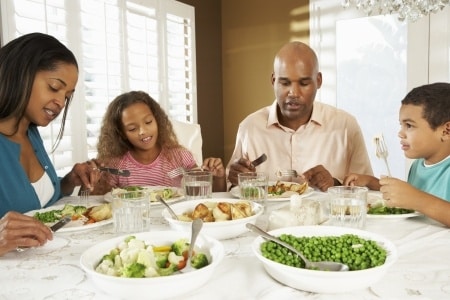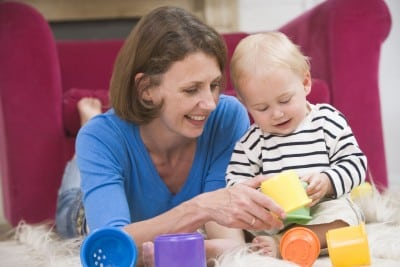Most parents recognize that children need time to play and interact with the world around them. Yet, the pull of technology, the pressure to ensure children are “up to speed,” and a busy lifestyle can be difficult to balance with what we know is truly best. Further, we question what balance is supposed to look like. Is it an hour of devices per day? Is it okay if we give them more, or should it be less? What about age limits? Is there a stage at which electronics may do more harm than good? How about content? Is educational content really better for children, or does it even matter?
The American Academy of Pediatrics (AAP) recently released some guidelines to help give parents recommendations. Based on the current data relating to children and media usage (and, in some cases, the lack of data), the AAP recommendations address the above concerns, as well as many others.
“Families should proactively think about their children’s media use and talk with their children about it, because too much media use can mean that children don’t have enough time during the day to play, study, talk, or sleep,” said Dr. Jenny Radesky, a developmental behavioral expert and pediatrician at University Michigan C.S. Mott Children’s Hospital in Ann Arbor, MI. “What’s most important is that parents be their child’s ‘media mentor.’ That means teaching them to use it as a tool to create, connect, and learn.”
How and when a parent does this is mostly up to them. However, the AAP does have some specific recommendations, particularly for younger children. Children under the age of 18 months should not be given any form of media because their brains are developing rapidly. They need playtime and face-to-face interaction to help them learn how to build relationships. They need tactile sensations and time to explore to develop their sense of curiosity and imaginative play.
“Digital media has become an inevitable part of childhood for many infants, toddlers, and preschoolers, but research is limited on how this affects their development,” Dr. Radesky said.
Besides, children tend to pick up media skills quickly; parents shouldn’t worry about their child getting behind if they wait until their child is 2 or 3 to introduce them to media. Then, at this stage, the use should be limited to just one hour a day, and it should involve high-quality programming or content that parents and children can interact and engage with together. This is rather important since research suggests that younger children have a hard time transferring what they see into real life.
Experts also say parents should avoid giving younger children devices to calm them down. This only disrupts their ability to develop self-coping mechanisms when they are angry, stressed, or bored. Further, parents should be advised that applications that are listed as “educational” are not necessarily beneficial. In fact, research does not indicate that such programs provide any real benefits.
When it comes to older children, experts say the key is a healthy balance. Parents can do this by ensuring that time on media is more than just “vegging” out – that there is also time to foster a connection with children as well. This can be critical, especially as children get older and are more likely to lose connection with their parents and other family members.
“Parents play an important role in helping children and teens navigate media, which can have both positive and negative effects. Parents can set expectations and boundaries to make sure their children’s media experience is a positive one. The key is mindful use of media within a family,” Dr. Megan Merono, said.
“Video chatting with grandparents, watching science videos together, putting on streaming music and dancing together, looking up new recipes or craft ideas, taking pictures and videos to show each other, having a family movie night,” Radesky added. “These are just a few ways media can be used as a tool to support family connection.”
And these types of interaction can work well, even with younger children. In fact, the more that parents put the focus on high-quality family-centered interactions, the more positive media use can be. This can even help children understand how media benefits them, and it can help them form connections with the world around them.





